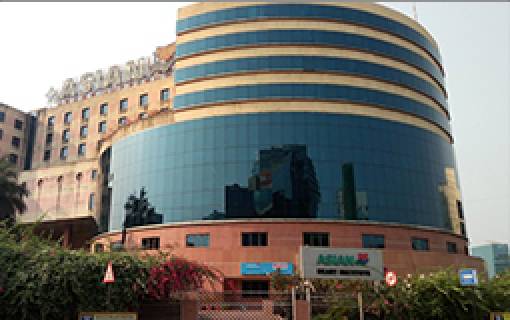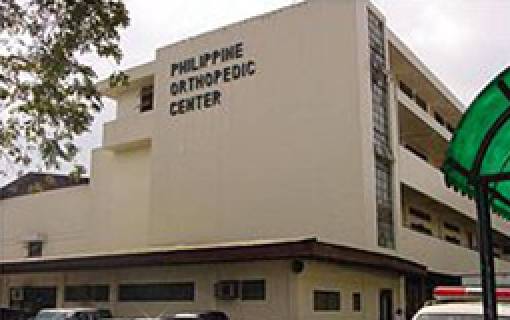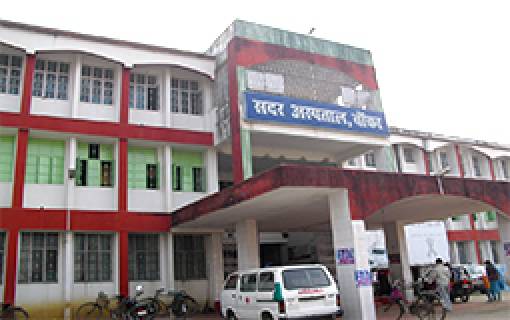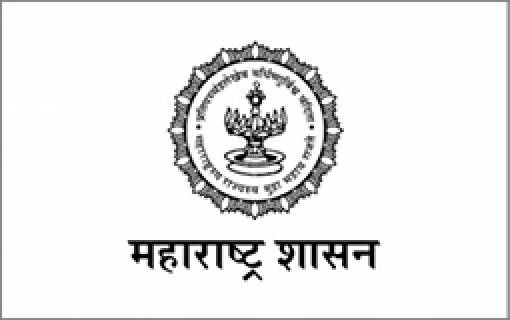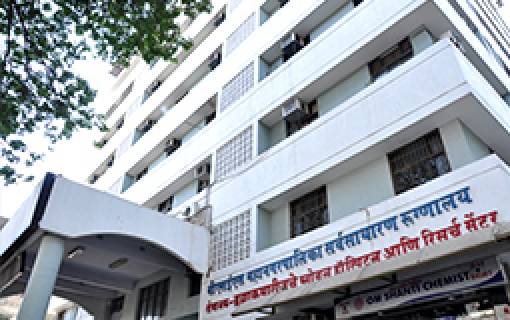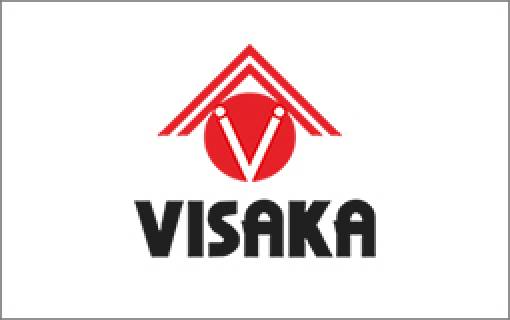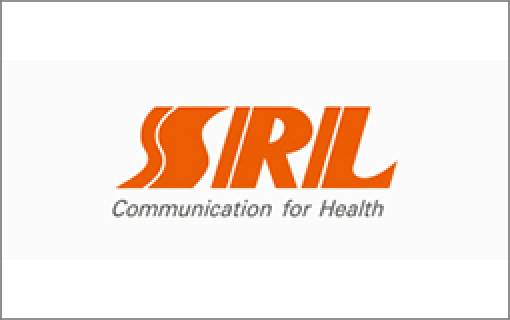What is Healthcare Revenue Cycle Management?
Every healthcare organization has to have effective processes and policies to stay financially healthy. This calls for a robust revenue cycle management (RCM).
This is a very important financial practice that facilities management of clinical and administrative functions concerned with claims processing, payment, and revenue generation.
What Are The Basics Of Healthcare Revenue Cycle Management?
Revenue Cycle Management in healthcare begins from the time a patient first seeks doctor consultation for medical services and concludes with collection of all claims and patient payments.
Right from the out patient consulting stage that leads to patient hospitalisation, hospital administrative staff must manage scheduling, insurance eligibility verification, and patient account establishment. The staff needs to generate a patient account detailing medical histories and insurance coverage, if any, whereby claims can be billed and collected efficiently and effectively, thus helping to optimize the revenue cycle management processes.
In western countries the healthcare provider identifies the type of treatments received by the patient and applies the appropriate ICD-10 code at the time of billing. This helps prevent claims denials.

In case of a cashless admission, once the claim is sent to the insurance company / TPA for reimbursement, other activities to be pursued are payment posting, statement processing, collections, and handling claims denials.
After evaluation of claims the insurance company usually reimburses the patient (in case he pays for the hospital services upfront) / hospital (in case of cashless services) based on the patient’s coverage and payer contracts. Many a times claims are denied on various grounds often leading to litigations. Hospitals have to be alert to collect payments directly from patients for services rendered and for which the insurance company does not cover them.
Thus healthcare revenue cycle management, for a hospital is to develop a process that helps them get paid the full amount for services rendered at the earliest.
However, healthcare revenue cycle management is unique because bills and claims are usually processed over a long period of time. Moreover, there are many instances of non-reimbursement of the entire claim, which takes time to resolve, causing undue delay in collections.
Healthcare revenue cycle management is dynamic and continues to evolve. It is therefore necessary for the concerned hospital staff to keep in touch with the new developments and techniques to be efficient at all times.
Some common issues in Revenue Cycle Management:
Billing and collections errors
Poor attention to a billing process causes loss to the hospital and patient.
To maintain financial stability, hospitals need to have a good comprehension of patient responsibility and develop more efficient ways of collecting payments from their clients. The medical billing process should be proficient, ensuring that payments are received in time.
IT challenges
ITHealthcare professionals need to use IT and EHR to keep track of claims through their entire lifecycle. Yet many hospitals struggle with this, leading to avoidable losses. Those hospitals that cannot afford expensive IT solutions often tend to outsource this service.
Insufficient staff training
Under trained staff may not capture patient data correctly and thus bill incorrectly. Many hospitals consider hospital staff training to be time consuming and expensive without clearly understanding the negative impact on hospital revenue in the absence of such training.
Poor monitoring of the claims process
The claims process (fee for service patient or insurance company) requires concerted monitoring at every stage. In the absence of this, errors could go undetected leading to revenue loss.
Lack financial policy
Often, healthcare facilities do not have a formal financial policy document for reference. These policies are an important component of revenue cycle management.
Financial policies also offer guidelines to patients regarding tariff and payment responsibilities enabling them to better understand their responsibility towards timely payment of hospital bills. The guidelines also let insurance companies know what the hospital expects in terms of timely reimbursements from them.
Conclusion

All in all, revenue cycle management defines the financial stability and health of a hospital. the pointers to maintain a good RCM the following is essential:
- Good inpatient revenue management as this is connected with other support services e.g. diagnostics, pharmacy, etc.
- Well defined matrices to monitor patient discharge procedures
- Transparency in billing/payment collection
- Efficient coordination and communication between various departments and timely updates of charges related to patient services
- Training of staff on hospital policies and SOPs related to in and out-patient management
- Proper accountability of unused medicines returned by patients
- Standardized policy for in-patient advance collection at time of admission
- Follow up of accounts receivables of discharged patients
- Proper training for preparing patient bills at the time of discharge
- Stock inventory control at all levels
- Efficient tracking of all procurements and asset maintenance
We would love to talk to you about your vision for your healthcare project and provide meaningful insights into how we can help you realize your goals. We look forward to hearing from you.
Project Highlights
We have had a proud association with various prestigious clients and projects.
Need Help? Send in your query.
Please fill out the form below and we will get back to you as soon as possible.



